 Japan has a wide variety of folk garments. Usually, they are multilayered and intricately decorated. We chose the most popular and beloved outfits worn by the Japanese people. Historically, these kimonos and other pieces were used in a day-to-day life but today, the locals prefer to wear them only on special occasions. No matter what Japanese garment we are talking about, there are dozens of rules that dictate how to wear it, who is allowed to use it, what accessories are to supplement it with, etc.
Japan has a wide variety of folk garments. Usually, they are multilayered and intricately decorated. We chose the most popular and beloved outfits worn by the Japanese people. Historically, these kimonos and other pieces were used in a day-to-day life but today, the locals prefer to wear them only on special occasions. No matter what Japanese garment we are talking about, there are dozens of rules that dictate how to wear it, who is allowed to use it, what accessories are to supplement it with, etc.
5. Yukata
An inexpensive informal summer robe. It is popular for Cherry Blossom Viewing Parties, festivals, and fireworks. Yukata is worn by men and women. Like other forms of traditional Japanese clothing, yukata is made with straight seams and white sleeves. Men's yukata is distinguished by the shorter sleeves – approximately 10 cm from the armpits, compared to the longer 20 cm sleeve of a women's yukata.
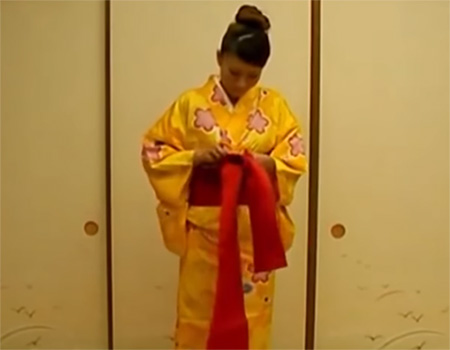
4. Furisode
Furisode is a style of kimono distinguishable by its long sleeves which range in length from 85 cm to 114 cm. The sleeves are attached to the body of the kimono only for a short distance. Furisode is the most formal style of kimono worn by young unmarried women in Japan, most commonly worn to Coming-of-Age Day ceremonies.
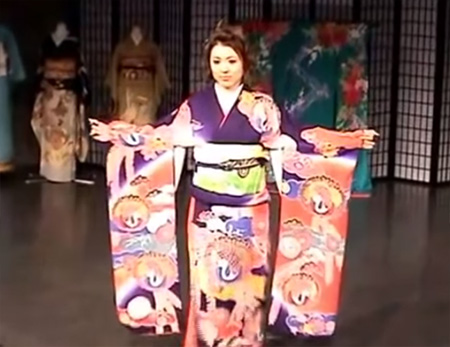
3. Hakama
Hakama is a type of traditional Japanese clothing. Trousers were used by the Chinese imperial courts in the Sui and Tang dynasties. The styles adopted by the Japanese in the form of hakama, beginning in the 6th century. Hakama is tied at the waist and fall approximately to the ankles. It is worn over a kimono called “hakama-shita”. Hakama is traditionally men's clothing. At one time, craftsmen, farmers, academics, and samurais wore different styles of hakama. In modern times, women wear hakama, too. Hakama is either worn for martial arts or as a formal wear.
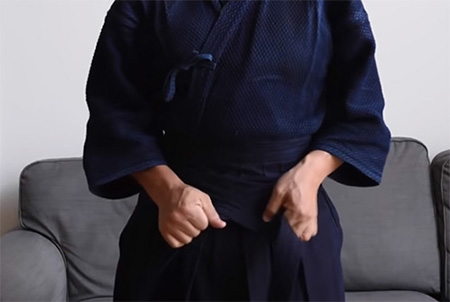
2. Obi
Obi is a sash for the traditional Japanese dress, kikuchi uniforms for Japanese martial arts, and part of kimono outfits. Nowadays, the women's wide and decorative obi does not keep the kimono closed – this is done by different undersashes and ribbons, worn underneath the obi. The obi itself often requires the use of stiffeners and ribbons for definition of shape and decoration. It often is as expensive as all the other layers of the kimono put together.
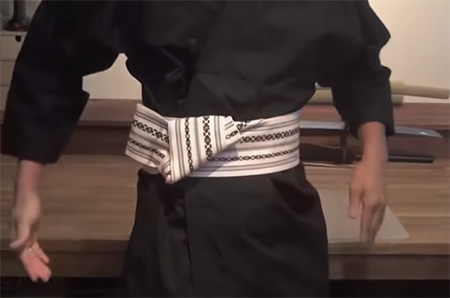
1. Kimono
Kimono is a T-shaped straight-lined robe worn so that the hem falls to the ankle, with attached collar and long wide sleeves. Kimono is wrapped around the body always with the left side over the right – except when dressing the dead for burial – and secured by a sash called an “obi”, which is tied at the back. Kimono is generally worn with traditional footwear, especially zori or geta, and split-toe socks called “tabi”. Kimono was once worn on a daily basis by most Japanese people. In modern times, it's a formal wear that is appropriate for a wide range of occasions.
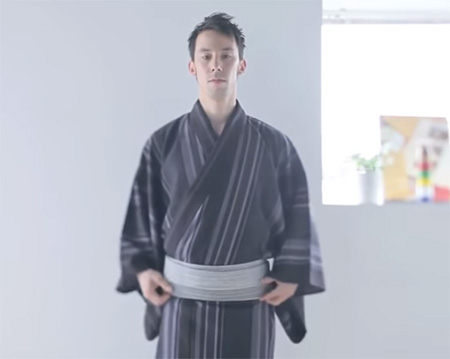
(c)


